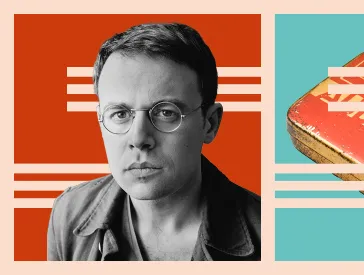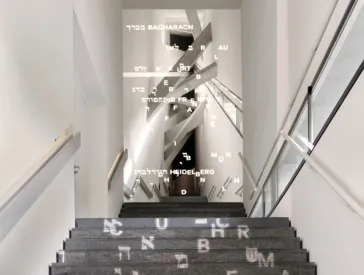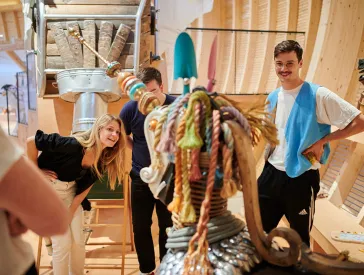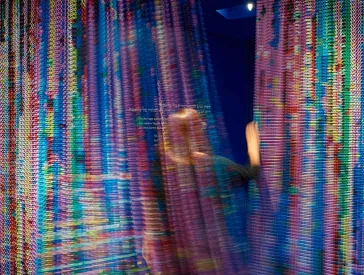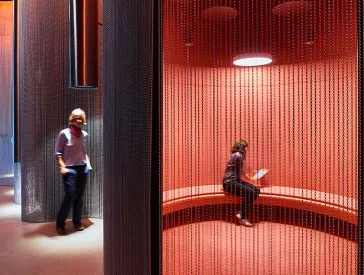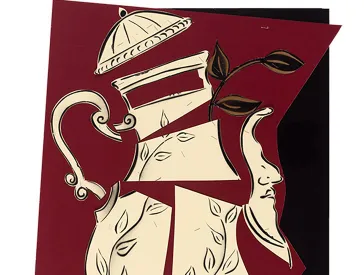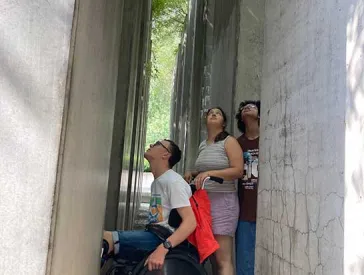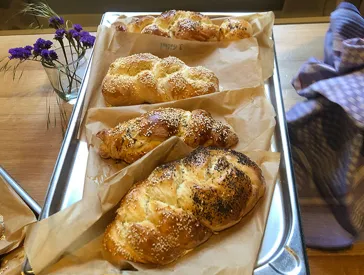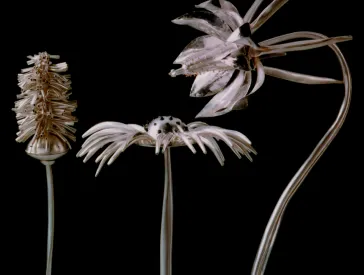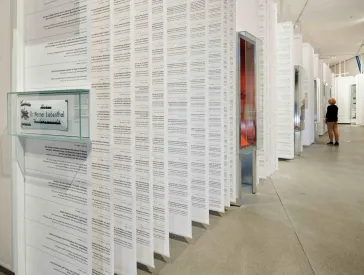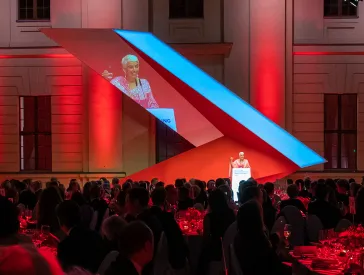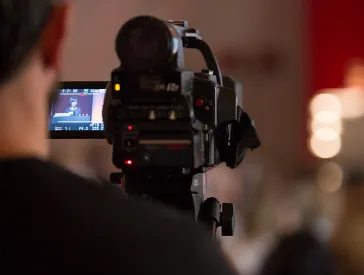Pictures Make People
A Museum Visit for People with Dementia and their Companions (in German)
Experience a cozy and inspiring afternoon in the Jewish Museum Berlin! On entry, we’ll invite you to have coffee and freshly baked challah. Challah (Hebrew for braided yeast bread) is eaten on Friday evening, which is when the Shabbat begins according to the Jewish calendar.
Fri 13 Jun, Mon 14 Jul, Tue 26 Aug, Wed 10 Sep, 2 pm
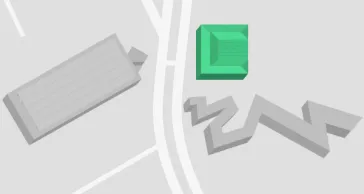
Where
Old Building, ground level, “Meeting Point” in the foyer
Lindenstraße 9–14, 10969 Berlin
While enjoying this culinary treat, we will get to know each other, handle some objects and share what Friday evening means for the participants, and which bread is the most delicious.
Afterwards, we will visit the exhibition room Pictures Make People and look at three paintings from the nineteenth century together. There, we will talk about “Chess in the Salon” and “Celebratingrespectively”.
On the topic of “Chess in the Salon”, we will plunge into the Berlin of the nineteenth century, learn about the philosopher Moses Mendelssohn and salon culture, and question the role of the game of chess. The paintings on the topic “Celebrating” allow us to dip into a private family celebration and an extravagant festival.
The exhibition visit will be enhanced with musical accents and the opportunity to handle physical objects. Seating will be made available in the exhibition.
The event is being held in cooperation with the Alzheimer Gesellschaft Berlin e.V.
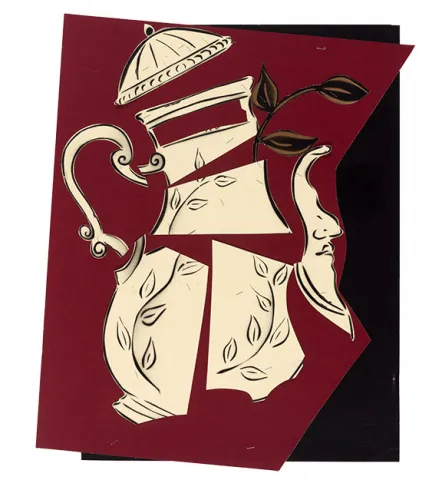
Porcelain (exhibition copy), Izhar Patkin (born 1955), USA, New York 2000, Hand drawing, watercolor, Jewish Museum Berlin, inv. no.: Deko/816/0, photo: Roman März Further information on this collage can be found in our online collections
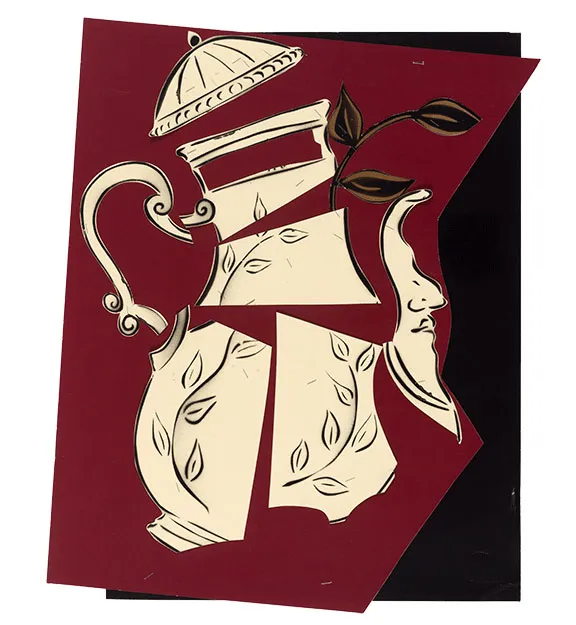 X
X
Porcelain (exhibition copy), Izhar Patkin (born 1955), USA, New York 2000, Hand drawing, watercolor, Jewish Museum Berlin, inv. no.: Deko/816/0, photo: Roman März Further information on this collage can be found in our online collections
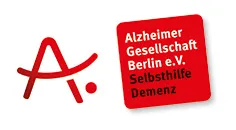
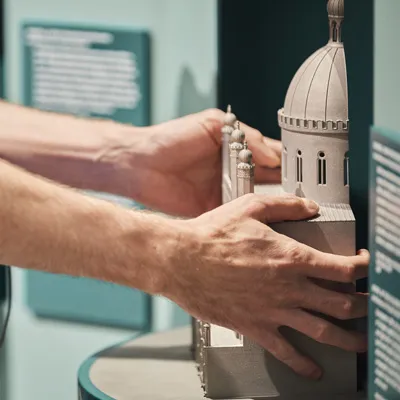
Accessibility at the Jewish Museum Berlin: An overview
- General Information
- Accessibility at the Jewish Museum Berlin: Directions, visiting the museum, audience-specific
- Simple English: Information about the Jewish Museum Berlin and its website in Simple English
- Accessibility Statement: Information on areas in which accessibility is still lacking, options for giving feedback, and the arbitration service
- Tours & Workshops
- JMB App: Including audio tours, German plain language, German Sign Language, optimized for screen readers, features touching instructions for tactile paintings, and audio texts for reading along
- Access Program Tours by appointment and with fixed dates
Public Tours: Current Dates and Topics of our Guided Tours (7)
Guided Tours: Access Program (7)
